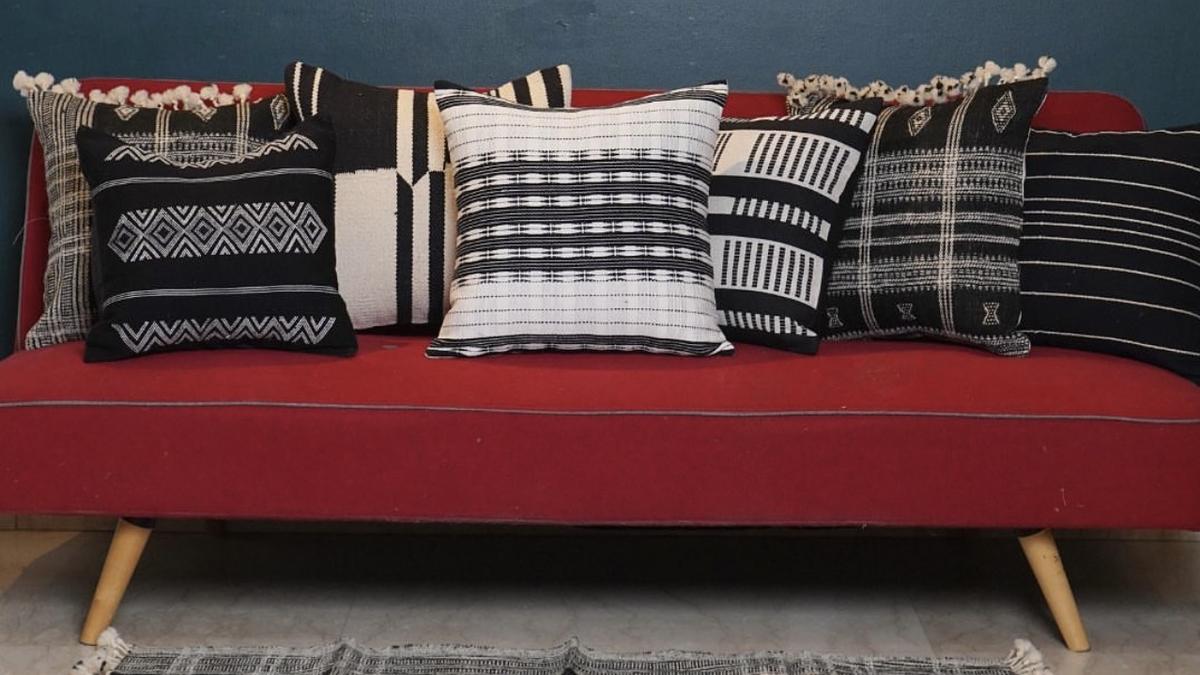GHAZIABAD: Govt’s flagship housing scheme, Pradhan Mantri Awas Yojana (PMAY), for economically weaker sections of society completes a decade since its launch in Ghaziabad this year without any units being delivered to allottees. Private developers have dragged their feet, but even govt’s own schemes have kept buyers in unending wait mode.
Under PMAY, 3,550 units were to be constructed in GDA-administered colonies and 6,150 were to be built by private developers in different projects. The GDA has 2,000 units ready in its housing schemes in Madhuban Bapudham and Dasna among others, but the houses cannot be handed over because amenities are yet to be built.
“Electricity, water and sewer connection and approach road to the housing complexes are yet to be completed. Without the essential amenities, the units cannot be handed over to the beneficiaries. We have written to PWD for the approach road, UPPCL for electricity connection, UP Jal Nigam for the water supply, and GMC for the sewer connection, but the work has been on the back burner for years. We have been told that the departments are waiting for the state govt to release funds for the work,” a senior GDA official told TOI.
Of the 3,550 units in the GDA colonies, 856 are in the Madhuban Bapudham housing scheme, 432 in Dasna, 1,200 in Pratap Vihar, 400 in Noor Nagar, and the remaining in other colonies.
Of the over 6,000 PMAY units that builders are to develop, none are complete. “We regularly seek details from the private developers on the PMAY status. Many have assured us that work on projects is nearly complete, and they will shortly deliver the flats. The GDA, on its part, has issued directions to developers who are lagging in the delivery of units,” the official said.
Confederation of Real Estate Developers’ Associations of India (CREDAI), meanwhile, claims the govt is to be blamed for the delay.
“Under PMAY, private builders were initially offered very little incentives, which explains reluctance on their part to wholeheartedly take up construction of affordable housing units. But now when the rules have been relaxed, these builders are coming up with their plans under the scheme,” an official from CREDAI said.
In Feb 2021, the GDA board approved an increased rate for PMAY housing units — from Rs 4 lakh to Rs 6 lakh each. Of this, the central govt’s share will be Rs 2.5 lakh and the state govt’s Rs 1 lakh. The beneficiarywill have to pay the remaining Rs 2.5 lakh. The state and central govts release money in instalments: 25% at the onset, 25% at the time of laying a plinth, 25% after ceiling work is completed, and the rest 25% after completion of work.
Apart from PMAY, it is also compulsory for group housing developers to construct 10% of the total flats they build for EWS and 10% for low-income groups (LIG).
The cost of flats under the LIG category should be about Rs 9 lakh and Rs 6 lakh for EWS flats. The area of such flats should be between 24 square metres and 36 sqm for the EWS category, and between 40 sqm and 60 sqm under the LIG category. However, several developers have failed to comply with the norms.
Of 4,860 EWS flats that were to be constructed by integrated township developers, only 1,717 have been built, of which 1,455 were allotted. Similarly, out of 4,860 LIG flats, 1,255 have been built.
Developers are supposed to advertise the EWS and LIG flats in their projects and beneficiaries under both categories are to apply for flats with GDA. Once ready, flats are to be handed over through a lottery system under a GDA-constituted committee.
As per a 2018 govt order, the price cap of dwelling units under the affordable housing scheme has been capped at Rs 45 lakh. In urban areas, the carpet area was fixed at 60 sqm, and in rural areas, it was fixed at 90 sqm. This was aimed at providing affordable housing to the middle-class population.
“Developers dither in making affordable housing as it has not remained economically viable for them. The cost of land has gone up, and so have the construction and labour costs since the rules were framed. We have given representation to the govt seeking to do away with the price cap,” CREDAI-NCR secretary Gaurav Gupta said.
GDA’s former town planner, however, said the govt and development authorities do give leverage to developers, like additional FAR. “Apart from this, if a developer, who is coming up with a project in an area of less than 4 hectares, can seek exemption from constructing EWS and LIG flats in lieu of shelter fee — an amount that is equal to the cost of 10% of flats under LIG and 10% of units under EWS.”
Gupta, however, termed the benefits provided by the govt as “cosmetic”.
Source Homevior.in




